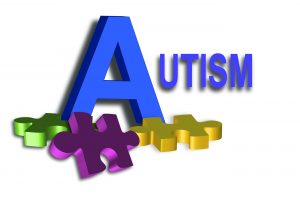 For an individual with autism, finding and holding a job can be very difficult. However, according to a research project conducted by Lois Rosenwald, Renee DePastino and Patrick Iben, steps can be taken to make the workplace more supportive and conducive to a person with autism. To find out about the study’s findings and recommendations, read the article, “How can we help young adults with autism thrive in the workplace?”.
For an individual with autism, finding and holding a job can be very difficult. However, according to a research project conducted by Lois Rosenwald, Renee DePastino and Patrick Iben, steps can be taken to make the workplace more supportive and conducive to a person with autism. To find out about the study’s findings and recommendations, read the article, “How can we help young adults with autism thrive in the workplace?”.
Tag Archives: autism
What We See and Don’t See
 Imagine what it would be like to be totally unaware that things exist in the world that cannot be seen. As such, emotions, for example, would not exist, let alone be understood. This was Kim’s reality for 54 years.
Imagine what it would be like to be totally unaware that things exist in the world that cannot be seen. As such, emotions, for example, would not exist, let alone be understood. This was Kim’s reality for 54 years.
Kim’s brain is not great at seeing emotion. When she looks out at the world she physically sees all the things that most people see, but with much of the emotion subtracted. She sees the same tables, the planes, the trees … the people moving back and forth. But the feelings — particularly the subtle ones — are invisible. Though for most of her life she didn’t realize that.
“This is the interesting thing,” Kim says. “We believe our senses, so I didn’t know I was missing anything. If I’m seeing people talking and it simply looks like people are talking, why should I think that they might be feeling angry or sad or anything, if I’m not sensing that?”
However, thanks to some researchers and a magnet, Kim was able to “see” the unseeable for an hour. This hour of “seeing” has provided her with a greater understanding of the life she is living. To read the full story, click here.
